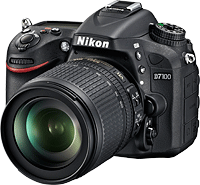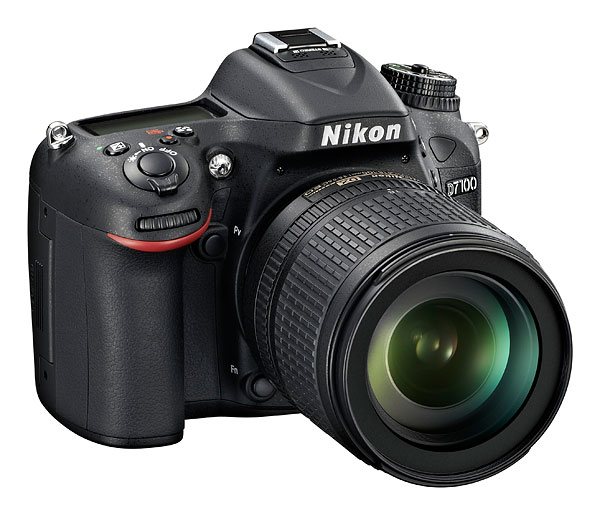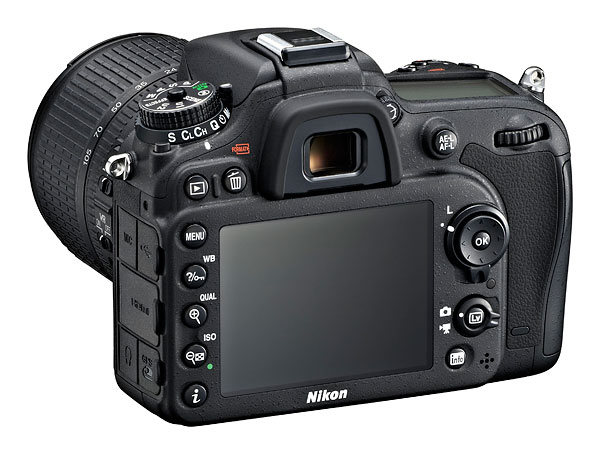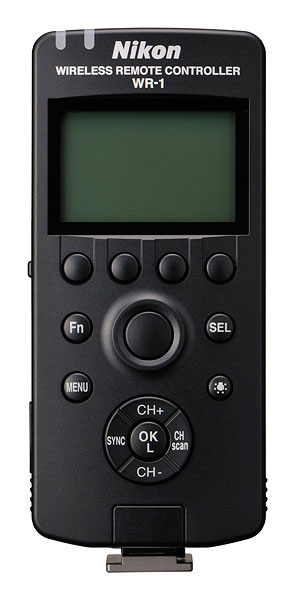Nikon D7100 launches with no low-pass filter; Nikon believes moiré no longer an issue
posted Thursday, February 21, 2013 at 12:01 AM EDT

Back in late 2010, Nikon debuted the D7000, an enthusiast SLR that has since proven very popular. In some ways an evolution of the earlier D90, there was still enough differentiation to consider the Nikon D7000 to be the start of a new model line. Today that line is continued with a brand-new camera -- the Nikon D7100 -- sharing much of the D7000's DNA, but with improvements throughout. Some of these new features are drawn from Nikon's professional cameras, others from consumer models, and a couple of the most interesting are unique to the D7100.
(Update: The Nikon D7100 is already up for preorder with 18-105mm lens or body-only at IR affiliate Adorama -- get in now while the queue is short!)
Key changes include a new, higher-resolution image sensor which looks to be related to that used in the Nikon D5200, as it shares the same 24.1 megapixel resolution. Importantly, though, it lacks that camera's optical low-pass filter, and so should yield better per-pixel detail -- but it remains to be seen at what expense in terms of moiré and aliasing artifacts. Clearly, Nikon is confident that it won't be an issue, with its press materials noting their defiance of convention and suggesting their "high resolution and advanced technologies" make the OLPF unnecessary. We're skeptical, given the mathematics of undersampled signals, and what we've been seeing in recent camera tests.

As in the D7000, the sensor is paired with an EXPEED 3 image processor, which debuted in the pro-oriented Nikon D4. There's also a new autofocus system, based around a Multi-CAM 3500DX AF sensor as seen previously in the Nikon D300 and D300S. Other tweaks include a larger LCD display with white subpixels for extra brightness, an OLED display inside the optical viewfinder, and improved movie capture feature set with stereo internal mic, headphone jack, and support for 1080p30 and 720p60 recording.
The Nikon D7100 goes on sale in the US market from March 2013. It will be available both body-only, and in a kit with an AF-S DX NIKKOR 18-105mm f/3.5-5.6 VR lens. Suggested retail pricing for the body-only variant is around US$1,200, unchanged from that of the D7000 at launch. With-lens pricing, though, is around US$100 higher than that for the D7000 with the same lens. Nikon expects the D7100 / 18-105mm bundle to sell at around US$1,600 at retail.
And if the D7000 is anything to go by, it's going to be popular, so you'll want to get your orders in ASAP. Luckily, you can already do so at IR affiliate Adorama, which is already listing the Nikon D7100 with 18-105mm lens for US$1,596.95 and the Nikon D7100 body-only for US$1,196.95. Click the links to preorder now, before the queue gets too long!
Keen to know more about Nikon's latest enthusiast-grade DSLR? Read our Nikon D7100 preview!

Alongside the D7100 launch, Nikon has also unveiled a new 2.4GHz remote control system. The Nikon WR-1 Transceiver works with the company's DSLR cameras, and attaches to the camera's accessory terminal. An adapter will also allow use on 10-pin terminals. It offers 15 different working channels to avoid conflicts between multiple setups in the same location. You can also address cameras on the same channel as four separate groups. The company predicts a working range of around 394 feet within line of sight, measured at a height of 4 feet. Obstacles will reduce this range, of course.
The WR-1 works both as a transmitter and receiver, so with two or more WR-1 units you can remotely control one or more Nikon DSLRs. It can also work with existing WR-R10 and WRT-10 remotes. With enough hardware, synchronized release of up to 64 cameras is possible, and you can program a release delay in between cameras, too. Cooler still, the WR-1 allows you to view and change some camera settings remotely, or to function as a relay to extend working range further or get around obstacles.
The WR-1 will also be available from March 2013, but pricing hasn't yet been disclosed.
